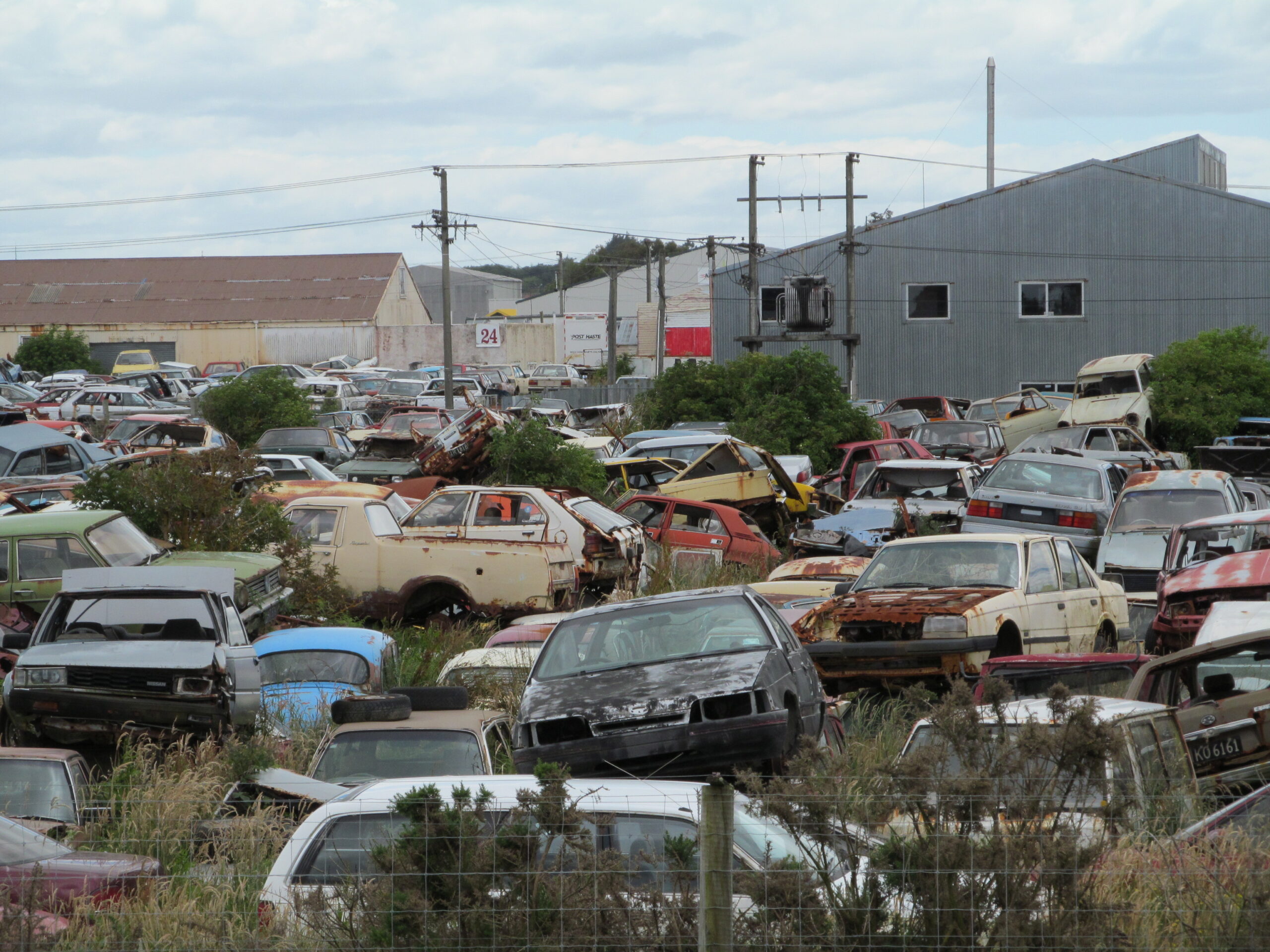In an era where environmental concerns are becoming increasingly urgent, industries across the board are reevaluating their practices to reduce their ecological footprint. The automotive industry, in particular, is under pressure to adopt more sustainable methods, not only in vehicle production but also in the disposal of end-of-life vehicles. As a result, sustainable car wrecking practices are on the rise, playing a critical role in minimizing waste and promoting the circular economy. This article explores the growing trend of eco-friendly car wrecking and its impact on the environment and the industry.
The Importance of Sustainable Car Wrecking
Car wrecking, or auto recycling, has traditionally been about salvaging usable parts from vehicles that are no longer roadworthy. However, as the push for sustainability intensifies, the industry is evolving to embrace practices that go beyond simple dismantling. Sustainable car wrecking focuses on maximizing the reuse of parts, recycling materials, and reducing the environmental impact of disposing of hazardous substances found in vehicles.
The importance of sustainable car wrecking cannot be overstated. Each year, millions of vehicles reach the end of their life, posing a waste management challenge. Without responsible disposal, they can cause environmental harm, such as toxic fluid leaks and unnecessary resource consumption. Sustainable car wrecking addresses these issues by recycling valuable materials and reducing strain on natural resources. Services like free car removal Sydney play a vital role by offering convenient, eco-friendly ways to handle end-of-life vehicles while promoting sustainability.
Eco-Friendly Dismantling Techniques
One of the key aspects of sustainable car wrecking is the adoption of eco-friendly dismantling techniques. These methods prioritize the careful removal of parts and materials that can be reused or recycled, minimizing waste and preventing environmental contamination. For instance, fluids like oil, coolant, and brake fluid are drained and collected for proper disposal or recycling, rather than being allowed to seep into the ground.
Eco-friendly dismantling also involves the use of advanced tools and equipment that make the process more efficient and less damaging to the environment. For example, specialized machines can crush and compact vehicles in a way that facilitates easier sorting of materials for recycling. This reduces the energy required for processing and helps salvage yards recover a higher percentage of recyclable materials.
The Role of Technology in Sustainable Car Wrecking
Technology is playing an increasingly important role in the shift toward sustainable car wrecking practices. Advances in automation and robotics are making it possible to dismantle vehicles more efficiently and safely, reducing the risk of human error and improving the recovery of valuable parts. Automated systems can precisely remove components and materials, ensuring that nothing is wasted.
In addition to automation, digital tools are being used to track and manage the entire wrecking process. This includes inventory systems that monitor the availability of salvaged parts, helping to match them with potential buyers quickly and efficiently. By streamlining the process, technology not only makes car wrecking more sustainable but also more economically viable.
Reducing the Environmental Impact
One of the primary goals of sustainable car wrecking is to reduce the environmental impact of end-of-life vehicles. This involves addressing several key issues, including the disposal of hazardous materials, the recycling of metals and plastics, and the reduction of greenhouse gas emissions associated with the processing of vehicles.
Hazardous materials, such as lead-acid batteries, mercury switches, and air conditioning refrigerants, can pose serious environmental risks if not handled properly. Sustainable car wrecking practices ensure that these substances are safely removed and disposed of or recycled according to environmental regulations. This prevents harmful chemicals from contaminating soil and water sources.
Recycling metals and plastics from vehicles also plays a significant role in reducing environmental impact. By reusing these materials, the demand for new raw materials is lowered, which in turn reduces the energy consumption and emissions associated with mining and manufacturing. Additionally, recycling metals like steel and aluminum helps conserve natural resources and reduces the amount of waste sent to landfills.
Also visit: https://totalcarremoval.com.au/car-removal-castle-hill/
Economic Benefits of Sustainable Car Wrecking
Sustainable car wrecking practices are not only good for the environment; they also offer economic benefits. By maximizing the reuse and recycling of vehicle components, salvage yards can generate revenue from the sale of parts and materials. This makes car wrecking a profitable business while contributing to the broader goals of sustainability.
Moreover, the adoption of sustainable practices can help salvage yards comply with increasingly stringent environmental regulations. This reduces the risk of fines and penalties, providing a financial incentive for businesses to operate responsibly. As consumers become more aware of environmental issues, there is also growing demand for green products and services, including those offered by salvage yards. This creates opportunities for businesses that prioritize sustainability to attract environmentally conscious customers.
Challenges and the Future of Sustainable Car Wrecking
While sustainable car wrecking practices are on the rise, the industry still faces several challenges. The increasing complexity of modern vehicles, with their advanced electronics and mixed-material construction, can make dismantling and recycling more difficult. Salvage yards must invest in new technologies and training to keep up with these changes, which can be costly.
Furthermore, the fluctuating market for recycled materials can impact the profitability of sustainable car wrecking operations. When prices for metals and other materials drop, it can be challenging for salvage yards to maintain their commitment to sustainability without sacrificing financial stability.
Despite these challenges, the future of sustainable car wrecking looks promising. As environmental regulations continue to tighten and consumer demand for eco-friendly products grows, the industry is likely to see further innovation and investment in sustainable practices. Salvage yards that embrace these changes will be well-positioned to thrive in the evolving automotive landscape.
Conclusion
Sustainable car wrecking practices are becoming increasingly important as the automotive industry seeks to reduce its environmental impact. By adopting eco-friendly dismantling techniques, leveraging technology, and focusing on the recycling of materials, salvage yards are playing a crucial role in promoting the circular economy. While challenges remain, the benefits of sustainable car wrecking are clear: reduced waste, conservation of resources, and economic viability. As the industry continues to evolve, sustainable practices will become even more integral to the future of car wrecking, ensuring that end-of-life vehicles are managed in a way that benefits both the environment and the economy.
Explore further insights on our blog.




